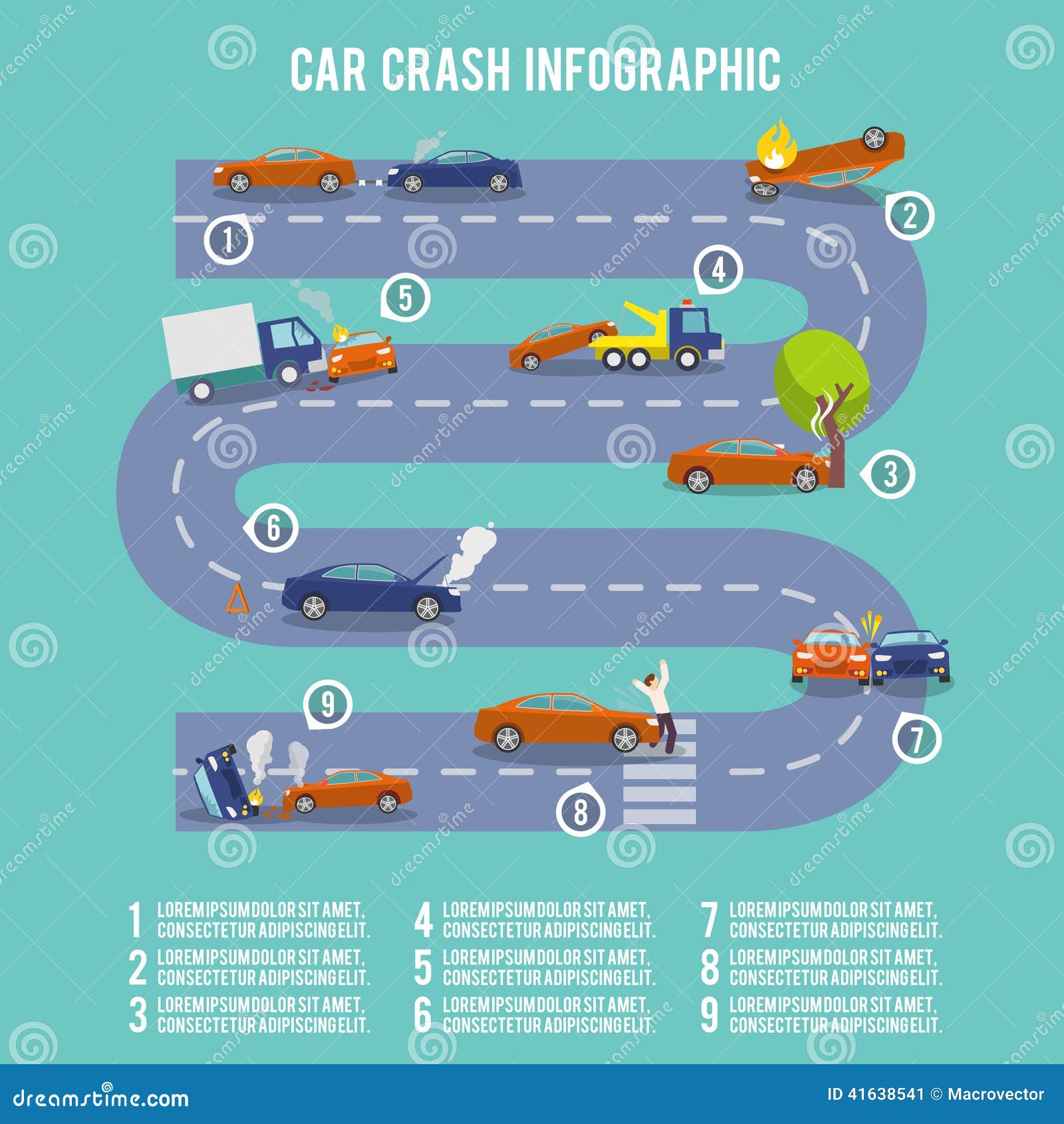Decoding Your Car'S Warning Indicators: What They Really Indicate
Decoding Your Car'S Warning Indicators: What They Really Indicate
Blog Article
Author-Higgins Stark
When you're behind the wheel, those beautiful warning lights on your control panel can be a little bit difficult. Do you know what they're trying to inform you concerning your vehicle's wellness? Comprehending the value of these lights is important for your safety and the durability of your automobile. So, the next time one of those lights pops up, would not you want to decipher its message properly and take the essential actions to address it?
Common Caution Lights and Interpretations
Recognize common caution lights in your vehicle and comprehend their significances to make sure secure driving.
https://brake-repair-near-me17394.answerblogs.com/30449640/key-referrals-leading-10-tips-for-identifying-the-very-best-vehicle-service-center-in-your-region of the most typical warning lights consist of the check engine light, which indicates concerns with the engine or discharges system. If this light begins, it's crucial to have your vehicle examined without delay.
The oil pressure advising light suggests reduced oil stress, requiring prompt interest to prevent engine damage.
A flashing battery light may suggest a damaged billing system, potentially leaving you stranded if not dealt with.
The tire stress monitoring system (TPMS) light alerts you to reduced tire pressure, influencing automobile stability and gas effectiveness. Overlooking https://www.globenewswire.com/news-release/2022/04/06/2417241/0/en/Automotive-Aftermarket-to-hit-US-855-billion-by-2028-Says-Global-Market-Insights-Inc.html can bring about dangerous driving conditions.
The abdominal light suggests a trouble with the anti-lock braking system, endangering your capability to stop swiftly in emergencies.
Lastly, the coolant temperature level cautioning light warns of engine getting too hot, which can cause serious damages if not fixed promptly.
Recognizing these common caution lights will certainly assist you resolve problems without delay and keep risk-free driving conditions.
Importance of Prompt Attention
Comprehending the typical caution lights in your auto is just the first step; the significance of quickly resolving these warnings can not be emphasized sufficient to ensure your safety and security when traveling.
When a warning light illuminates on your dashboard, it's your car's way of interacting a potential issue that needs interest. Neglecting these cautions can bring about a lot more severe problems in the future, endangering your security and potentially costing you a lot more in repairs.
Motivate attention to warning lights can protect against malfunctions and mishaps. For instance, a flashing check engine light might suggest a misfire that, if left ignored, could create damages to the catalytic converter. Resolving this quickly can save you from a costly repair service.
In a similar way, a brake system warning light might signal reduced brake liquid or worn brake pads, crucial components for your safety when driving.
DIY Troubleshooting Tips
If you see a caution light on your control panel, there are a couple of DIY troubleshooting suggestions you can try prior to seeking professional assistance.
The primary step is to consult your auto's manual to comprehend what the details warning light shows. Often the problem can be as easy as a loose gas cap triggering the check engine light. Tightening up the gas cap might solve the issue.
An additional common problem is a low battery, which can cause different warning lights. Inspecting the battery connections for deterioration and guaranteeing they're protected might fix the issue.
If a warning light persists, you can attempt resetting it by separating the vehicle's battery for a few minutes and after that reconnecting it. Furthermore, examining your car's fluid levels, such as oil, coolant, and brake liquid, can assist repair alerting lights associated with these systems.
Conclusion
To conclude, understanding your vehicle's caution lights is vital for keeping your vehicle running efficiently and safely. By promptly addressing these signals and recognizing what they indicate, you can avoid costly repair work and potential malfunctions.
Keep in mind to consult your auto's guidebook for particular information on each advising light and do something about it appropriately to make certain a trouble-free driving experience.
Keep educated, remain safe on the road!
